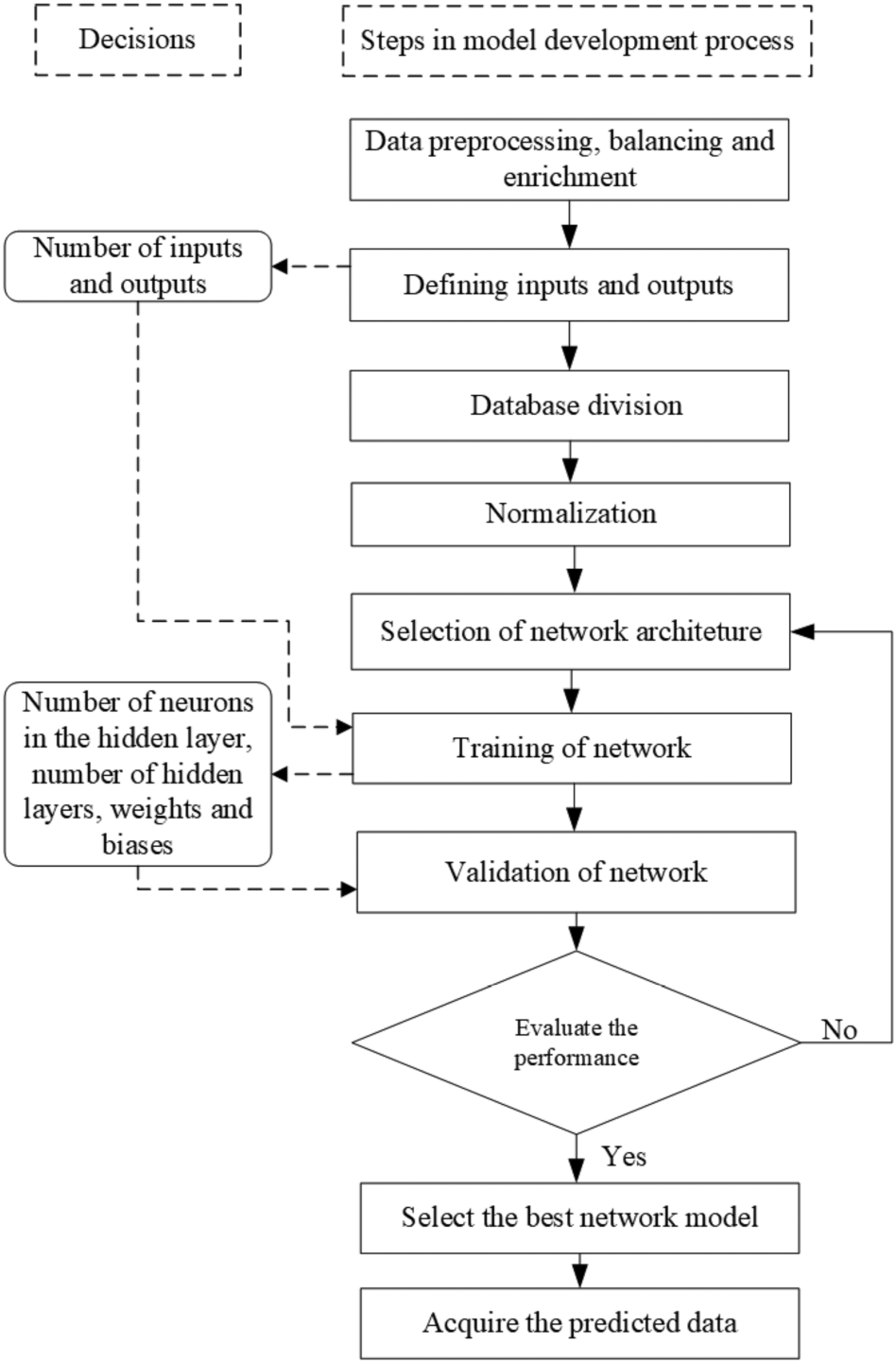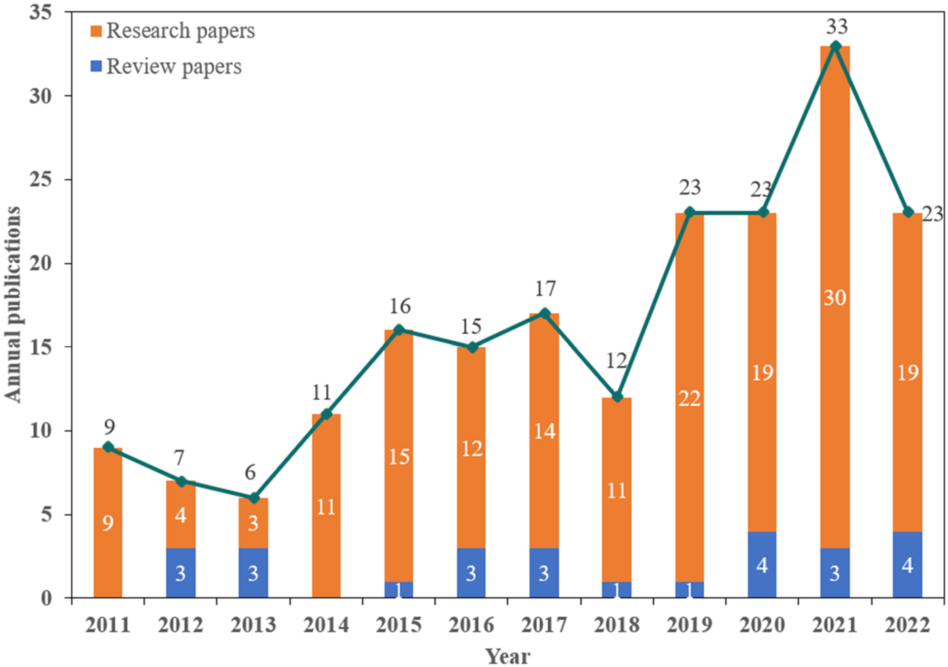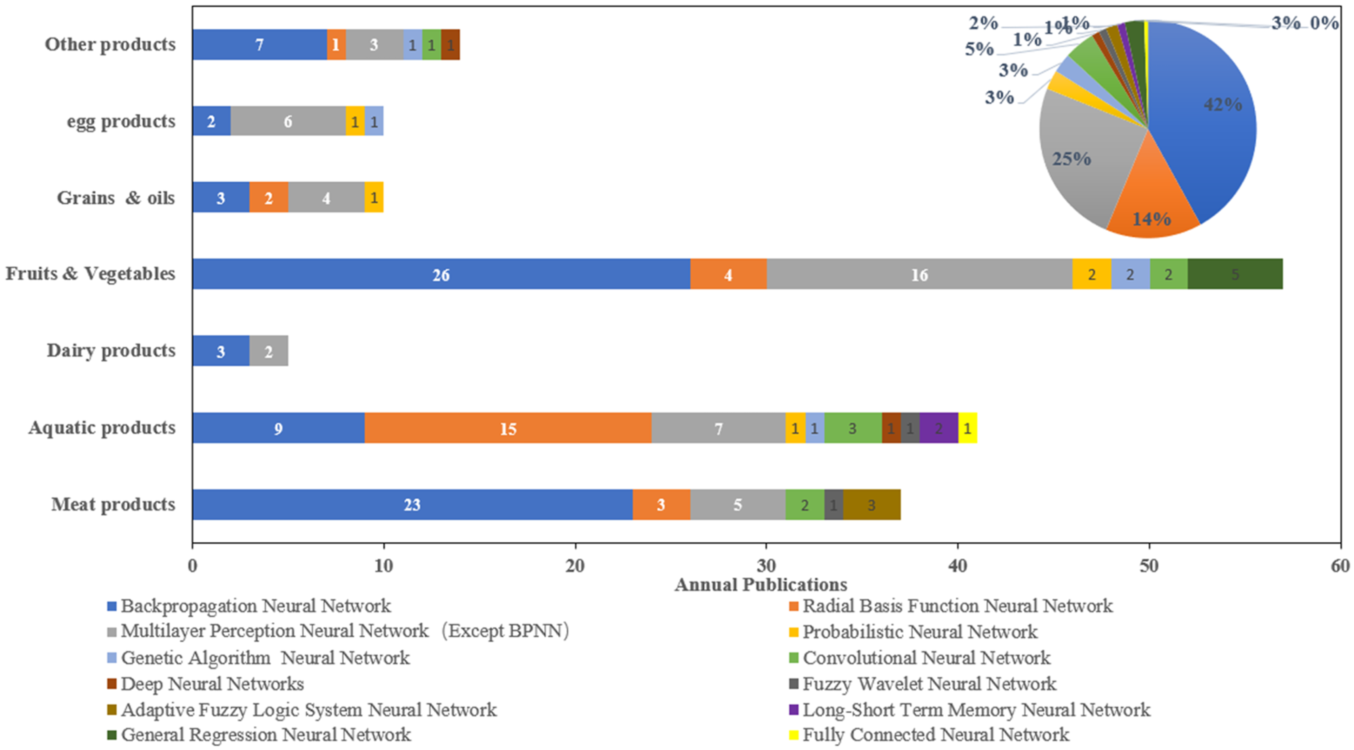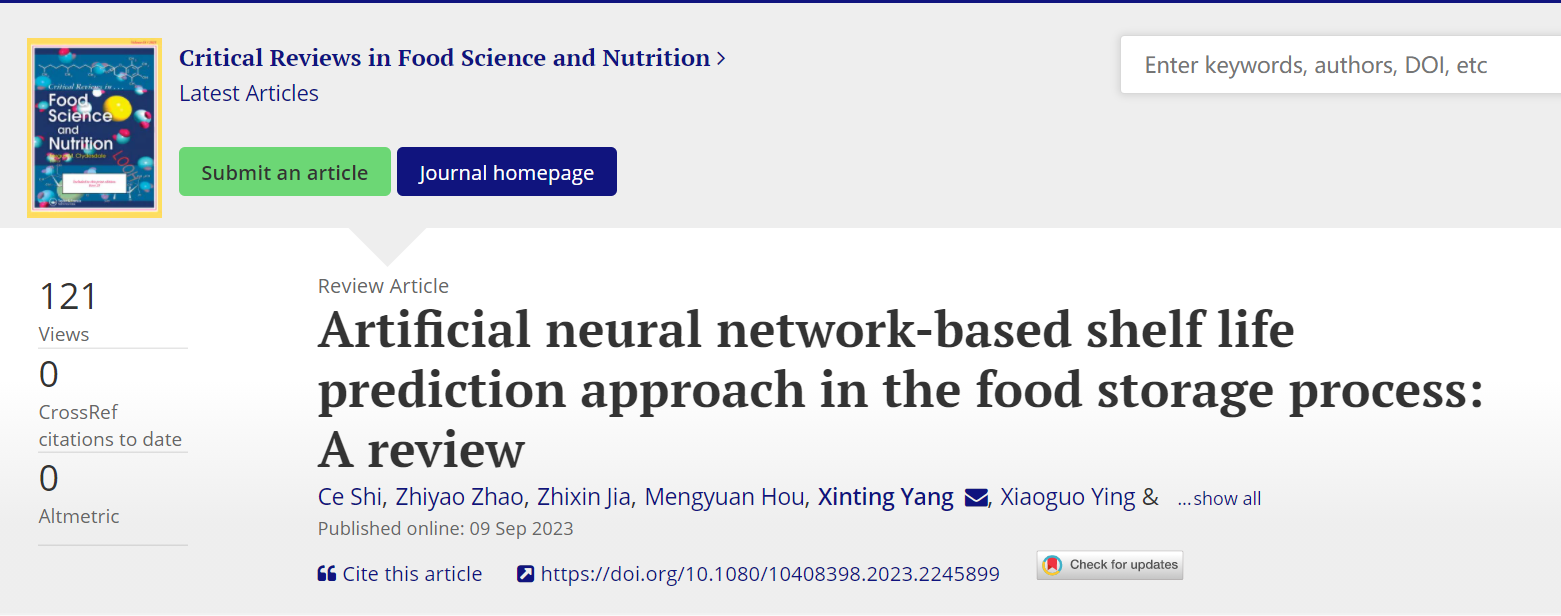On September 9, 2023, the research team from the Intelligent Supply Chain Department of NERCITA published a review article "Artificial neural network-based shelf life prediction approach in the food storage process: a review" online in the international journal Critical Reviews in Food Science and Nutrition (IF=10.2). Mr. Shi Ce, Senior Engineer of Information Center, is the first author of the article, and Mr. Yang Xinting is the corresponding author. This research is supported by the National Key Research and Development Program of China (2022YFD2100500), the Laboratory Construction of Beijing Academy of Agricultural and Forestry Sciences (Key Laboratory of the Ministry of Agriculture) (PT2023-32), and the Young Beijing Scholars Program.
Food shelf-life prediction has become an important tool for distributors and consumers, enabling them to determine storage and optimal consumption times, thus avoiding accidental food waste. Artificial Neural Networks (ANN) have emerged as an effective, fast and accurate method for modeling, simulating and predicting food shelf-life.ANN are able to deal with nonlinear, complex and ill-defined problems between variables without the need for a priori knowledge.The ANN models exhibit excellent fitness, as evidenced by low root mean square errors and high correlation coefficients. The low relative error between actual and predicted values from the ANN model shows its high accuracy.
This paper describes the use of ANN for modeling in food quality prediction and covers commonly used ANN architectures, ANN simulation techniques, and considerations needed to evaluate the performance of ANN models. The review focuses on the application of ANNs for modeling nonlinear food quality during storage, including products such as dairy, meat, aquatic products, fruits and vegetables. Future prospects focus on the selection of optimal models and learning algorithms, fusion of multiple models, development of self-learning and self-correcting shelf-life prediction models, and potential applications of deep learning techniques.

Fig. 1 Flowchart of data prediction using ANN technique

Figure 2 Overview of publications on ANNs for the period 2011-2022: orange bars - research papers; blue bars - review papers

Figure 3 Overview of publications on ANN for the period 2011-2022: number and percentage of ANN applications on different products and neural network types



